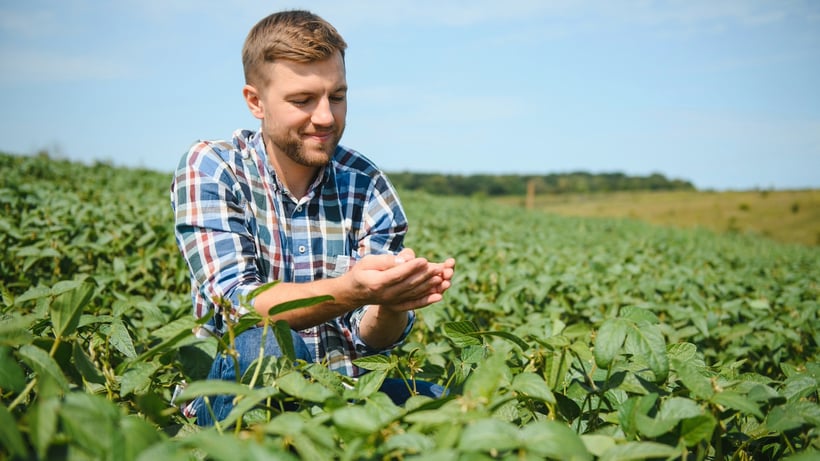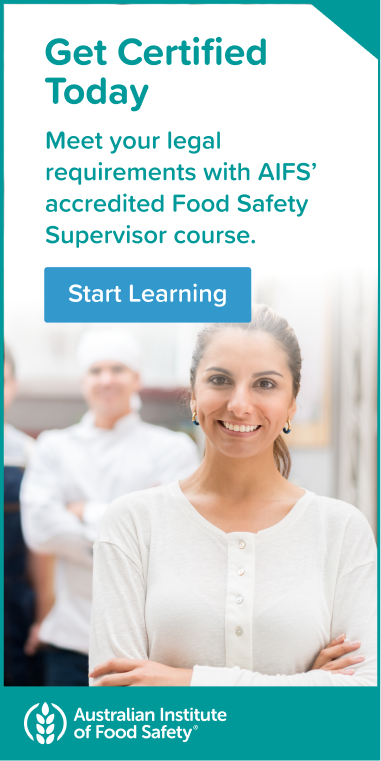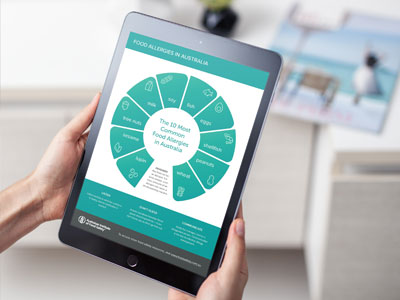
Food traceability is more than a buzzword - it’s a critical aspect of ensuring food safety and quality throughout all stages of the supply chain. For business owners and Food Handlers alike, understanding traceability is key to meeting regulatory requirements, protecting public health, enhancing consumer trust and maintaining high standards in food handling.
With new fruit and vegetable legislation set to take effect in 2025, now is the time to understand and implement robust traceability practices.
What is food traceability?
Food traceability refers to the ability to track any food item through all stages of production, processing and distribution. This process ensures that every ingredient and finished product can be traced back to its source, offering accountability and transparency across the food supply chain.
Traceability is not just about compliance; it plays a vital role in:
- Ensuring food safety by identifying contamination points during recalls.
- Enhancing customer trust through transparent food supply chain practices.
- Reducing food waste by monitoring shelf life and storage conditions.
- Supporting sustainability by tracking ethical sourcing practices.
What role do Food Handlers play in food traceability?
Food Handlers are the frontline workers in food safety. Whether they are involved in preparation, packaging or storage, the actions of food handling staff can directly impact the traceability of food products. Effective Food Handler training is key to helping ensure compliance with traceability requirements.
For Food Handlers, traceability practices include:
- Keeping accurate records of ingredients used and their sources.
- Labelling products clearly with batch numbers and expiry dates.
- Following storage and transportation protocols to maintain product integrity.
New fruit and vegetable legislation in 2025
New primary production and processing standards for specific horticultural products came into effect on February 12 2025, with the aim of improving traceability in the food industry and reducing the risk of a food-borne illness outbreak.
These standards apply to businesses of any size that grow or complete primary or early-stage processing, such as washing, trimming, sorting, sanitising or storing berries, leafy vegetables or melons.
- Berries (Standard 4.2.7): Growers and primary processors must identify and control food safety hazards during production and processing.
- Leafy Vegetables (Standard 4.2.8): Mandates include approved food safety management statements, traceability measures and stringent hygiene practices to minimise contamination risks.
- Melons (Standard 4.2.9): Similar requirements to berries and leafy vegetables, focusing on food safety hazard management.
To demonstrate compliance during inspections, food businesses must review and update their food safety and traceability measures to align with the new standards.
The role of technology in food traceability
Modern food traceability systems leverage technology to simplify and improve tracking processes. Digital tools such as blockchain, QR codes and specialised software allow for real-time monitoring and seamless information sharing across the supply chain.
Benefits of Digital Traceability Systems:
- Accuracy: Automated data collection reduces the risk of human error.
- Efficiency: Digital systems streamline record-keeping and reporting.
- Transparency: Accessible data builds trust among consumers and stakeholders.
- Speed: Rapid identification of issues enables quicker responses during recalls.
By integrating these systems into your operations, you can enhance traceability while saving time and resources.
4 ways business owners can enhance traceability
Proactive steps must be taken to ensure food traceability practices meet the highest standards possible.
1. Conducting a Traceability Audit
Assessing current traceability performance by identifying gaps in record-keeping, labelling and communication across the supply chain.
2. Training Food Handlers
Investing in comprehensive Food Handler Training to ensure staff understand traceability requirements. The Australian Institute of Food Safety (AIFS) is a registered training organisation (RTO) authorised to deliver a nationally recognised Food Handler Course that provides practical knowledge and certification to help Food Handlers comply with food safety standards.
3. Implementing digital solutions
Exploring digital traceability tools that align with business requirements, considering factors such as ease of use, cost and compatibility with existing systems.
4. Collaborating with suppliers
It is important to work closely with suppliers to establish clear communication and documentation practices while ensuring they adhere to the same traceability standards.
The consequences of poor traceability
Failing to prioritise traceability can have severe consequences for a business:
- Food recalls: Without proper records, identifying affected batches during a food recall becomes challenging and costly.
- Legal penalties: Non-compliance with legislation can result in fines, legal action and reputational damage.
- Loss of consumer trust: Customers demand transparency. Poor traceability can erode confidence in a brand.
By taking proactive measures, business owners can mitigate these risks and position their organisation as a leader in food safety.
Navigating traceability requirements
When it comes to navigating traceability requirements in a food business, there are five key points to consider:
- Food traceability is essential for ensuring safety, quality and compliance across the supply chain.
- Food handlers play a crucial role in maintaining accurate records and adhering to traceability protocols.
- New fruit and vegetable legislation in 2025 will require enhanced traceability measures.
- Digital traceability systems offer significant benefits, including accuracy, efficiency and transparency.
- Preparation is key. Conduct audits, train staff and implement technology to align with upcoming regulations.
Take action on food traceability today
By prioritising traceability, you can protect your business, support your customers and ensure compliance with the latest standards. Start by educating your team through the AIFS Food Handler Course, upgrading your systems and collaborating with your supply chain partners.
Ready to enhance your food traceability practices? Enrol your team in the AIFS Food Handler Course today or contact us to see how our courses can help you contribute towards a safer, more transparent food industry.




